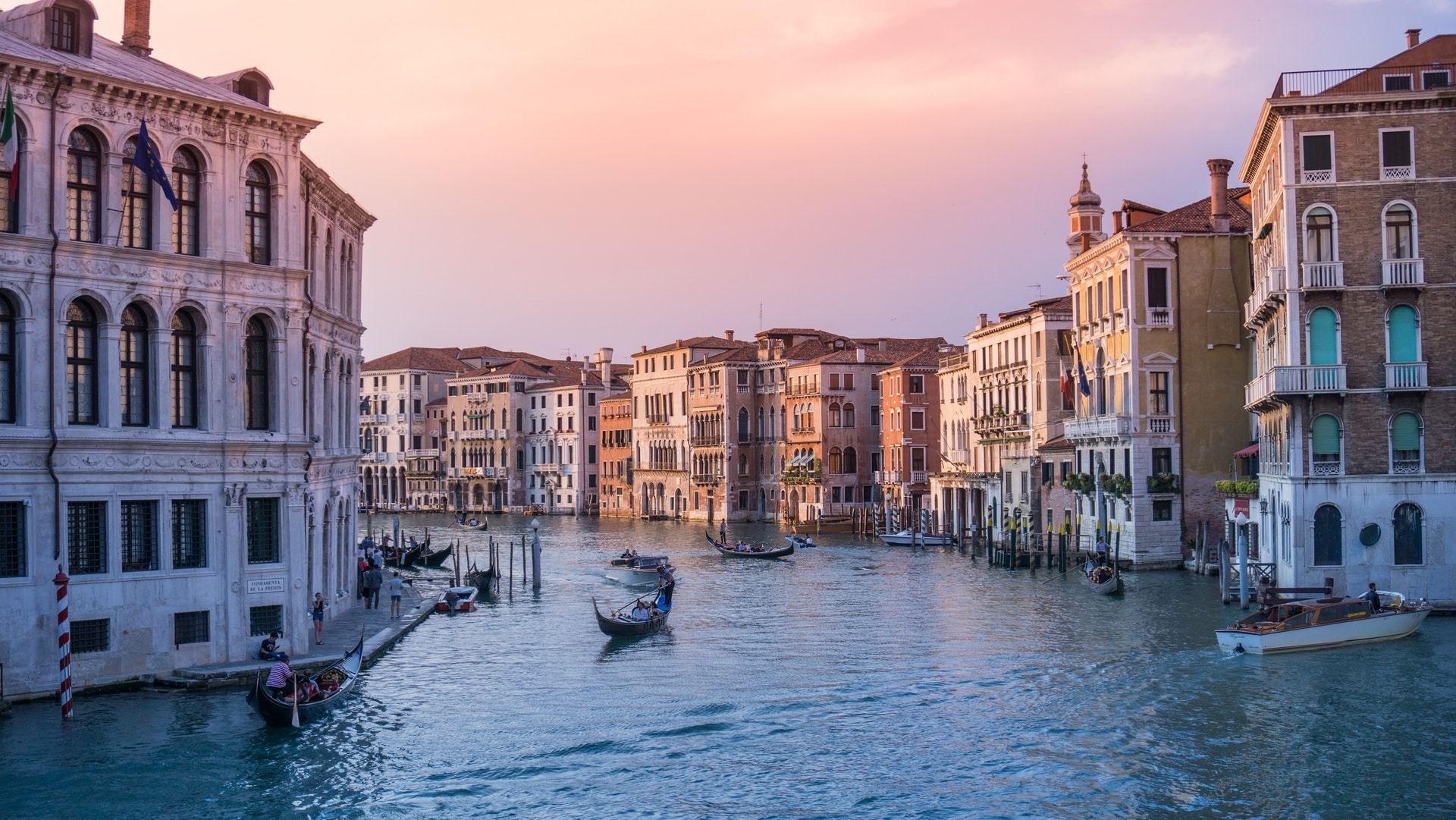Post-pandemic flights have been defined by delays and cancellations, but could Europe’s new environmental protections become a priority, too?
Just as global demand for air travel is soaring back to pre-pandemic levels, Amsterdam’s Schiphol airport announced that it will be permanently reducing the number of flights going through each year. There are a few reasons to do so, but curbing climate change and environmental pollution was at the top of the list.
In June, Dutch transportation officials announced that, starting in 2023, Schiphol would see only 440,000 flights per year—or 700,000 passengers per day. It’s a 12 percent downsize from 2019 traffic. That’s significant, considering Schiphol is the third most-trafficked airport in Europe, after London’s Heathrow and Paris’ Charles De Gaulle.
“Attention must be paid to reducing the negative effects of aviation on people, the environment, and nature,” said the Transportation Ministry in their announcement. The Ministry adds that the flight reduction will form the “basis of a new equilibrium” as they work on “connecting the Netherlands with the world as an increasingly quieter and cleaner Schiphol.”
In a time when most airlines and airports are trying to maximize output and numbers, it’s a refreshing perspective to take.
Air travel is responsible for around two percent of humanity’s carbon dioxide emissions, and so far, most efforts to make the industry greener have involved carbon offsets. Carbon offsets are complicated and not always effective. Often, they add to the scale, rather than cutting back the number of greenhouse pollutants released into the atmosphere to begin with.
Dewi Zloch, an aviation expert with the environmental advocacy organization Greenpeace, called the decision a “historic breakthrough” in a statement. Greenpeace is one of a number of groups pushing for the flight reductions, and their statement goes on to say that, “fewer flights are desperately needed for our health, nature, and the climate.”
All across Europe, airports and airlines are struggling to keep lines moving and luggage carousels spinning smoothly. Three times as many flights have been canceled as compared to pre-pandemic levels in 2019, and the cost of tickets has tripled since last year.
Schiphol hasn’t been spared these challenges and doesn’t have the capacity right now to handle more travelers… even if they wanted to. The luggage handlers went on strike in April, and security staff shortages have made long lines the norm. Most recently, passengers could bring hand luggage only after KLM airlines experienced a technological malfunction. Waits in those lines have peaked around two hours recently, and the resulting outdoor queues have been particularly troublesome during the recent heatwave. The airport has had to encourage people to wear light clothes, as well as place shade tents over the outdoor queues, and deliver ice cream to waiting passengers on the hottest days.
If ever there was a tangible example of “the new norm”—if emissions and behaviors aren’t modified—this is it.
Climate advocates hope that more airports will take a page out of Schiphol’s book and start reducing flights, but it remains to be seen whether the rest of the industry will follow the Netherlands’ lead. But as cancellations, delays, staff shortages, and ticket prices continue to increase—and at the same time as Europe sweats in a heatwave likely intensified by climate change—it’s clear that something is going to have to change.








